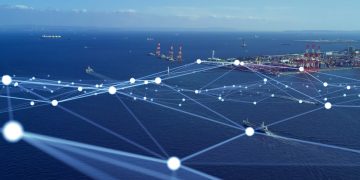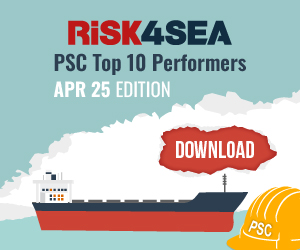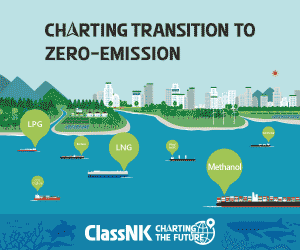Nippon Kaiji Kyokai (ClassNK) has conducted estimations and released a white paper to promote understanding of the 2023 IMO GHG Strategy.
In July 2023, the IMO adopted the “2023 IMO Strategy on Reduction of GHG Emissions from Ships”, which includes goals such as achieving net-zero GHG emissions by or around 2050. While the strategy sets numerical targets for reducing GHG emissions as well as indicative checkpoints, the maritime industry has not yet reached a common understanding of what these numerical targets mean for international shipping.
In light of this situation, ClassNK has published the white paper “Pathway to Zero-Emission in International Shipping – Understanding the 2023 IMO GHG Strategy “, in order to encourage broad discussions among stakeholders and accelerate efforts toward decarbonization.
The white paper analyzes the allowable life cycle GHG emissions for international shipping and the required introduction amount of zero-emission fuels and zero-emission ships to achieve the targets and indicative checkpoints in the 2023 IMO GHG Strategy, including comparisons with the current situation.
The allowable GHG emissions for international shipping in 2030/2040 will be 585 million tons and 219 million tons, respectively. This represents a reduction of about 27% and 73% compared to the latest 2021 level of 798 million tons. Note that these GHG emissions are estimated based on the life cycle GHG emissions of the fuels used by ships.
According to ClassNK, to achieve the indicative checkpoints for 2030/2040, approximately 25%/72% of the fuels used in international shipping, respectively, must be zero-emission fuels. This necessitates the procurement of methanol and ammonia, etc., particularly those derived from green hydrogen, at a scale matching the current production levels across all sectors by 2030 and surpassing them by 2040.
To secure zero-emission ships capable of using this volume of zero-emission fuels, it will be necessary to introduce 85 million GT6 of zero-emission ships annually over the four-year period from 2027 to 2030 through a combination of newbuildings and retrofits of existing ships, ClassNK finds.
Subsequently, to secure the zero-emission ships required to achieve the indicative checkpoint for 2040, an annual introduction of 77 million GT of zero-emission ships will be essential during the ten-year period from 2031 to 2040, involving both newbuildings and retrofits of existing ships.
https://www.youtube.com/watch?v=omErAnkIDuo

































































